Phonics Teaching Resources
Make teaching phonics easy with printable phonics worksheets, activities, games and more designed for primary teachers.
This collection of Australian curriculum-aligned teaching resources has been carefully reviewed by our expert teaching team to make sure every resource is classroom-ready — so we can make your lesson planning easier!
New to teaching phonics, or just looking for new ways to engage your students? Read on for a primer from our teacher team!
What Is Phonics?
You've likely heard the word 'phonics' thousands of times throughout your own education and maybe on one of those old as from the '90s. But what is phonics, exactly?
Phonics is technically defined as the systematic instruction of the relationships between letters and sounds in written language. But that's a mouthful, isn't it? More simply, phonics is the word we use to refer to the method of teaching reading by focusing on the relationship between written letters and the sounds they represent.
In phonics, kids learn how to decode written words by recognising the sound-symbol correspondence.
Phonics vs. Phonemic Awareness
When we start talking about letters and their sounds, we start to wander into phonemic awareness territory. So what's the difference?
The words phonics and phonemic are similar, and the two concepts are — surprise, surprise — related. But there are key differences.
Phonemic awareness is essentially the ability to identify and manipulate individual sounds — aka phonemes — in spoken language. It's those individual sounds and their correspondence to the letter symbols that can be used by kids to then decode written words.
So students learn to recognise the individual sounds of spoken language (phonemes) and how these sounds can be represented by letters (graphemes) in written language. Then they apply this knowledge to decode written words by understanding the sound-symbol correspondence.
Consider this example:
- Let's say your student can identify the separate sounds in a spoken word such as 'cat' (i.e., /k/ /a/ /t/). That's phonemic awareness.
- Now let's say you're teaching that same student that the letter 'c' represents the /k/ sound and that the letter 'a' represents the /a/ sound, and that these sounds combine to form the word 'cat.' That's phonics!
How to Teach Phonics in Primary School
OK, you probably already know that phonics is all about teaching word recognition via grapheme-phoneme associations and letter-sound correspondences.
It’s a means of teaching early readers the pieces that make up a word so they can blend them together to decode the English language as readers and writers.
But how do you teach it?
In the earliest stages, phonics instruction typically begins with teaching students the most common letter-sound relationships. You start with consonants, then move on to vowels, then consonant blends.
Students then learn to sound out words by decoding the letters and blending the sounds together to form words.

Phonics Vocabulary Terms to Remember
The English language system is one of the hardest to teach and learn, so how do you teach phonics? Let’s start with the phonics vocabulary.
- For starters, there are 26 letters that create approximately 44 phonemes, the word for the individual speech sounds that make up words. Put together, phonemes make words. OK, easy enough, right?
- Well, these phonemes can be written in more than 200 different letter combinations, known as graphemes. Graphemes can be made up of 1 letter (such as 'p' in 'pig'), 2 letters (such as 'gh' in ghost), 3 letters (such as 'igh' in night), or 4 letters (such as 'ough' in rough).
- Then there are digraphs or two letters that work together to make one sound — such as “ph” in graph. But wait, isn’t that a grapheme? Yup, a digraph is a type of grapheme.
- So is a trigraph, trigraphs, aka three letters that work together to make one sound, such as 'dge' in edge.
- And if you’re teaching phonics, you can’t forget dipthongs, the name for a sound that is formed by the combination of two vowels in a single syllable, such as 'ou' in loud.
Most students will spend foundation, year 1 and even year 2 getting a handle on all phonics elements!
- Plus Plan
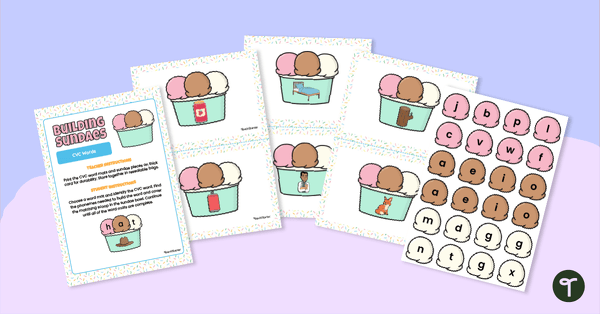
Building Sundaes - CVC Word Mats
Segment CVC words with this set of 14 word mats.
- Free Plan
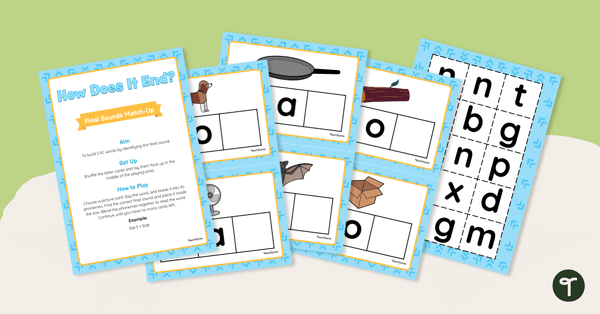
How Does It End? – Final Sounds Match-Up Activity
Consolidate your students' understanding of end sounds with this set of 15 task cards.
- Plus Plan

Phoneme Spotter Story – 'oo' Sound
A decodable text featuring various graphemes that make the ‘oo’ sound.
- Plus Plan
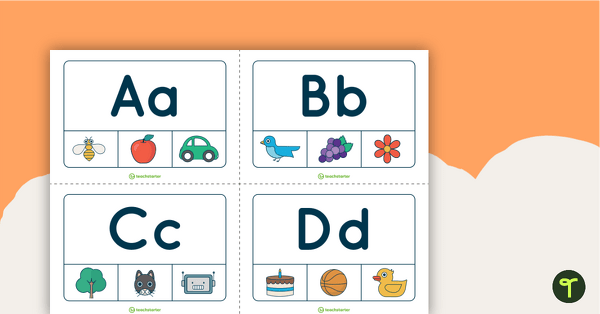
Initial Sound Peg Cards (Version 2)
An initial sound and fine motor activity for younger students.
- Plus Plan
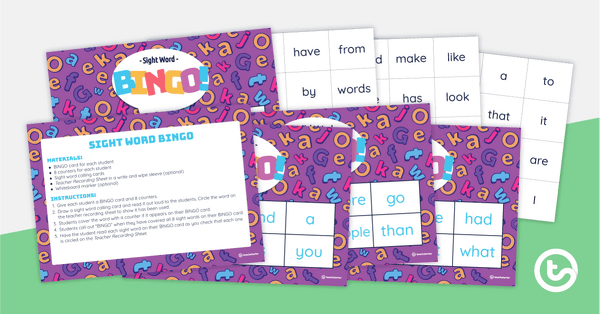
Sight Word BINGO (Fry Word List)
A set of 25 BINGO cards to practise reading the first 100 words on the Fry Sight Word List.
- Plus Plan
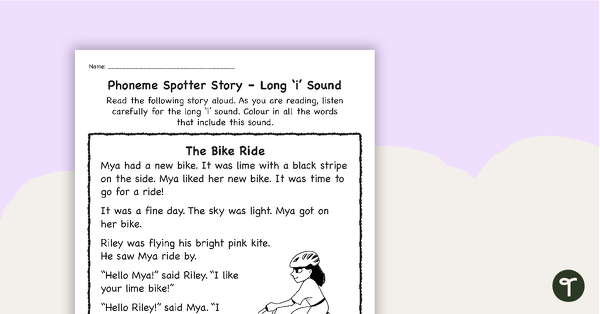
Phoneme Spotter Story – Long 'i' Sound
A decodable text featuring various graphemes that make the long 'i' sound.
- Plus Plan
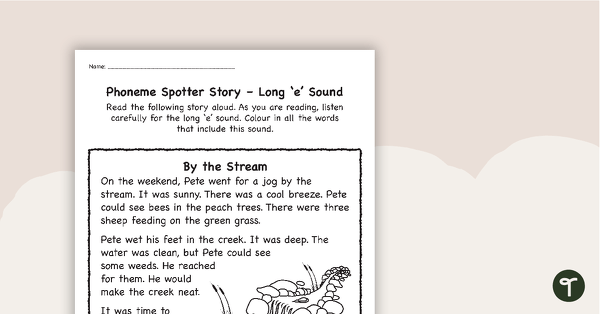
Phoneme Spotter Story – Long 'e' Sound
A decodable text featuring various graphemes that make the long 'e' sound.
- Free Plan
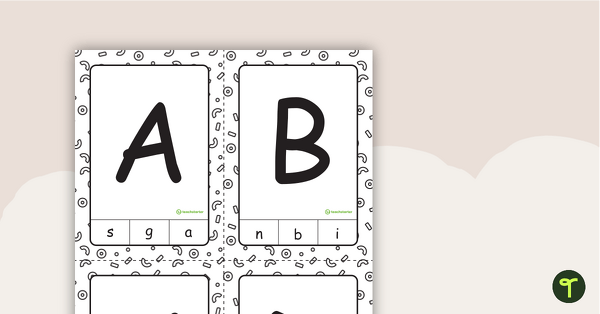
Upper and Lowercase Peg Cards
An upper and lowercase matching activity combined with a fine motor activity for the early years classroom.
- Plus Plan

Alphabetical Order Worksheet for Year 2
This year 2 worksheet explains alphabetical order and allows students to demonstrate.
- Plus Plan
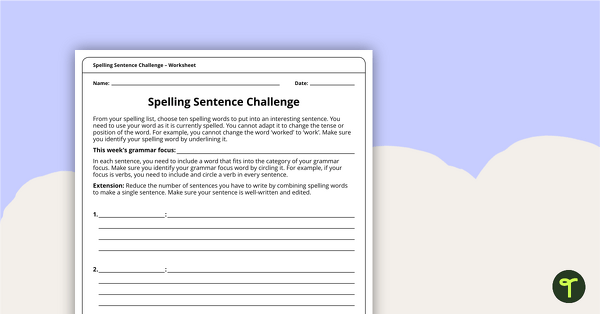
Spelling Sentence Challenge Worksheet
A teaching resource to help consolidate their current spelling program and grammar use.
- Plus Plan
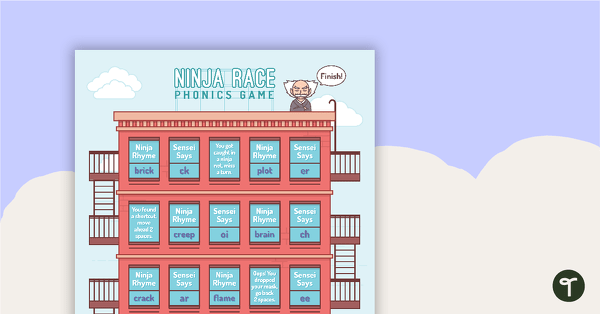
Ninja Race Phonics Game
A fun, engaging board game to consolidate students' understanding of digraphs and rhyme.
- Plus Plan
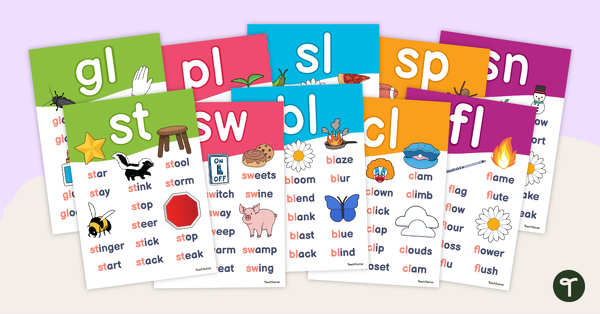
Ultimate Blends Poster Pack
Expose your students to a range of common consonant blends with this set of 20 posters.
- Plus Plan
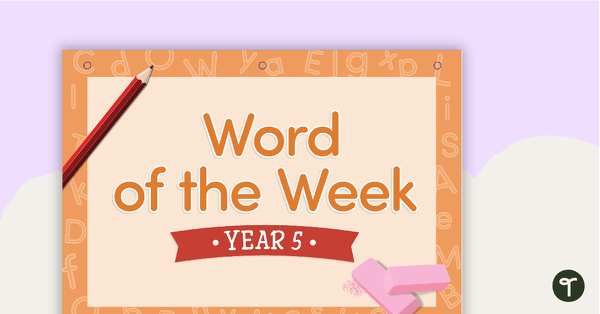
Word of the Week Flip Book - Year 5
A 43 page flip book for introducing new vocabulary to year 5 students.
- Plus Plan
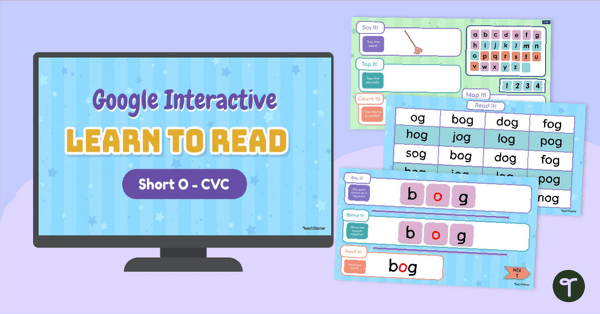
Learn to Read Short O - Daily Phonics for Kids
Teach your students to read short O words with a daily digital phonics instructional slide deck.
- Plus Plan
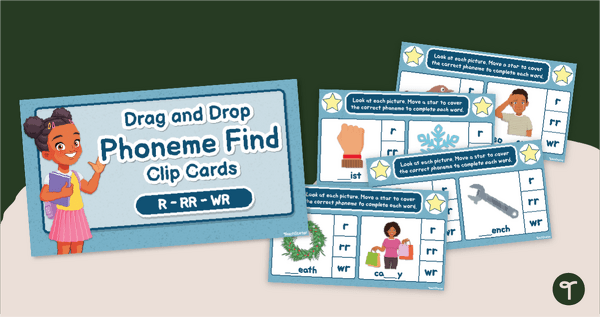
Phoneme Find - R, RR, and WR Spelling Game
Decide when to use r, rr, or wr to spell the /r/ sound with an engaging Interactive Phonics Activity!
- Plus Plan
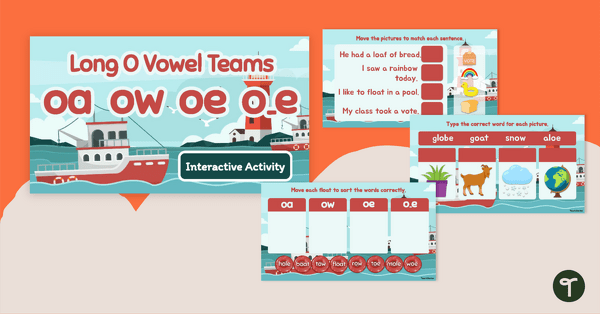
Long Vowel O Teams Interactive Activity
Practise identifying the different graphemes that spell the long /o/ sound with this fun boat-themed interactive activity.
- Plus Plan
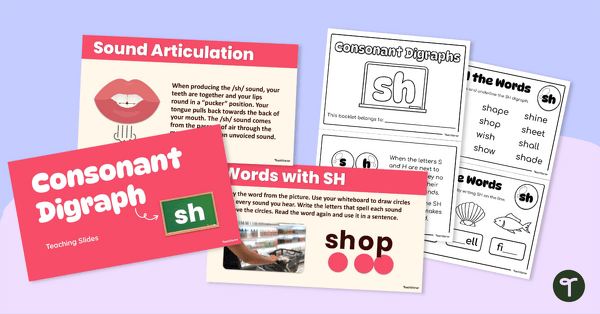
Sh Digraph Lesson Resource Pack
Introduce students to the sh digraph with this set of teaching slides and mini activity book.
- Plus Plan
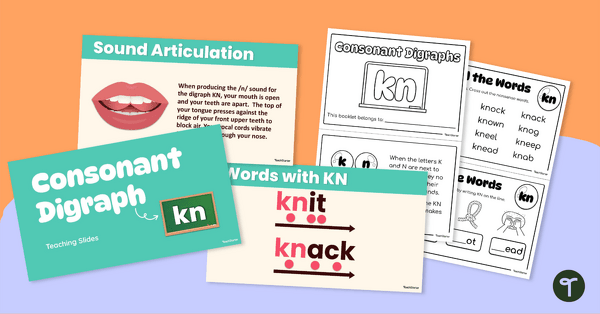
Kn Digraph Lesson Resource Pack
Introduce students to the ng digraph with this set of teaching slides and mini activity book.
- Plus Plan
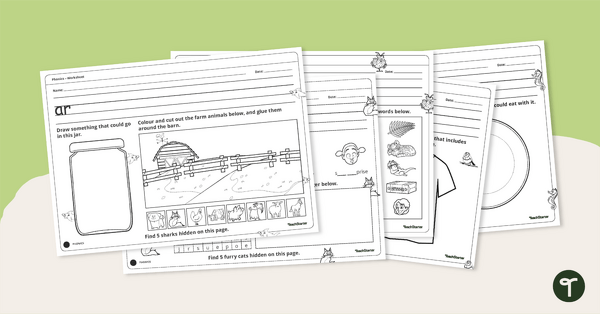
R-Controlled Digraphs Worksheet Pack
Practise writing and enhancing knowledge of r-controlled digraphs with this worksheet pack.
- Plus Plan
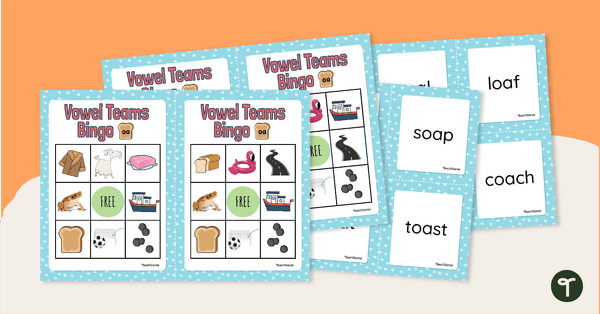
OA Vowel Digraph Bingo Game
Practise decoding words with OA vowel team conventions for representing long vowel sounds with this BINGO game for up to 18 players.
- Plus Plan
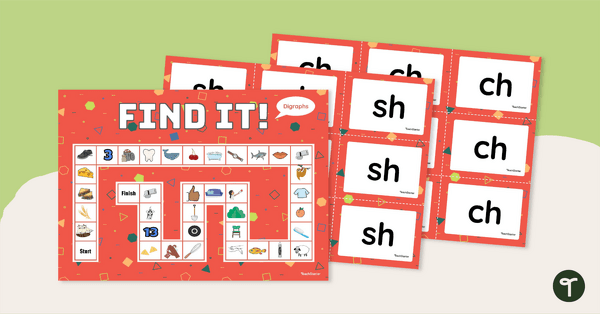
FIND IT! Consonant Digraphs Board Game
Practise decoding words that include 4 examples of consonant digraphs with our digraph flashcards and board game set.
- Plus Plan
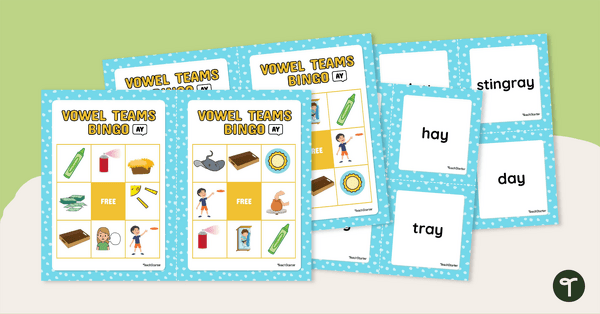
AY Diphthong Vowel Digraph Bingo
Practise decoding words that include the AY long /a/ vowel team sound with this BINGO game for up to 20 players.
- Plus Plan
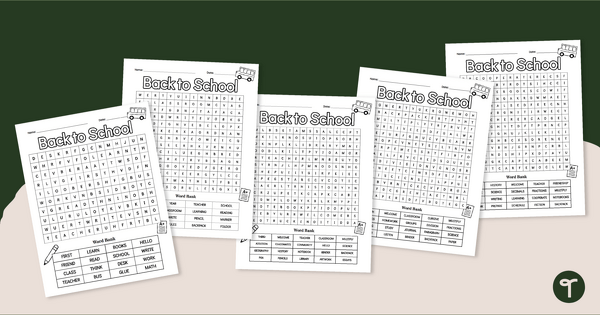
Back to School Word Search Worksheets
Warm up your students’ vocabulary skills with this set of Back to School word searches.
- Plus Plan
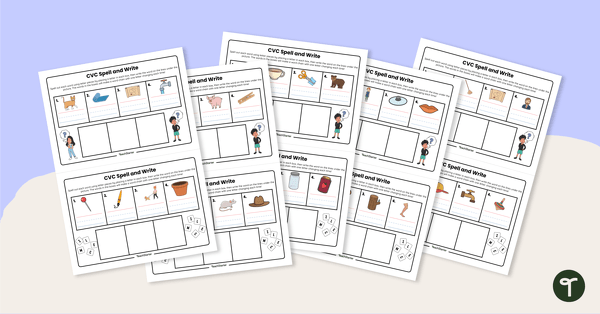
CVC Spell and Write Task Cards
Practise spelling CVC words and manipulating their phonemes to create word chains with this set of hands-on work mats.
- Plus Plan

Bake Off! - Decodable Reader (Level 5)
Develop confident, successful readers with this phonics-based, printable decodable book.
- Plus Plan
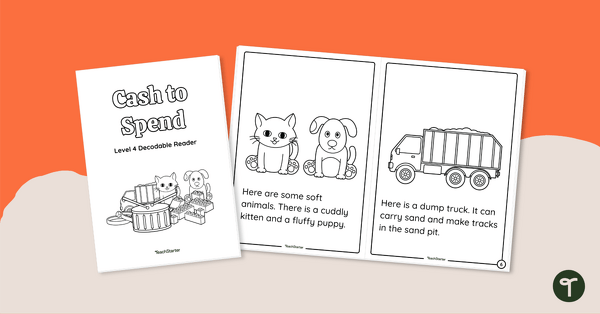
Cash to Spend - Decodable Reader (Level 4)
Develop confident, successful readers with this phonics-based, printable decodable book.
- Plus Plan
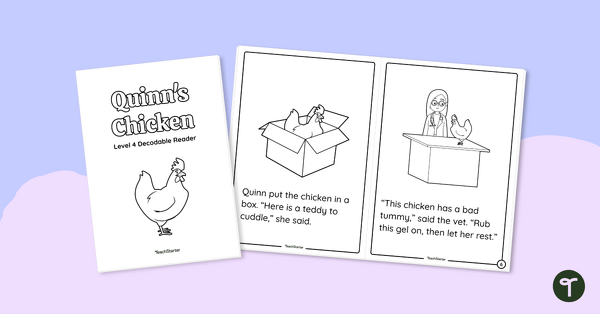
Quinn's Chicken - Decodable Reader (Level 4)
Develop confident, successful readers with this phonics-based, printable decodable book.
- Plus Plan
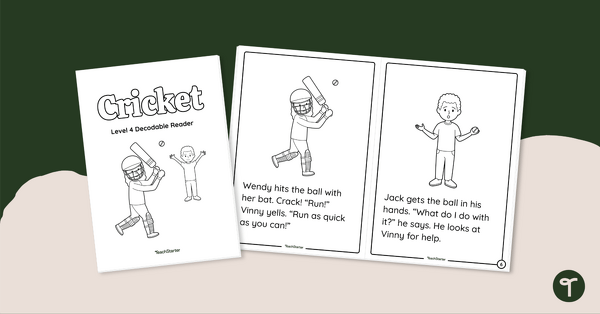
Cricket - Decodable Reader (Level 4)
Develop confident, successful readers with this phonics-based, printable decodable book.
- Plus Plan

What Can I See? - Decodable Reader (Level 3)
Develop confident, successful readers with this phonics-based, printable decodable book.
- Plus Plan
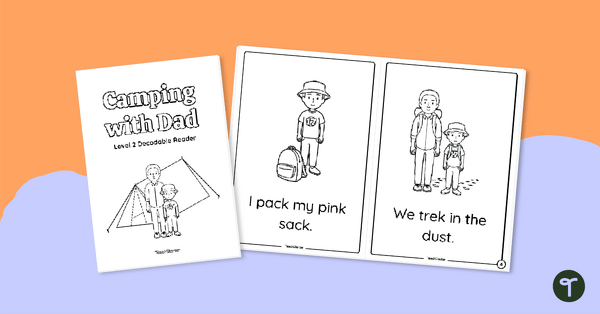
Camping with Dad - Decodable Reader (Level 2)
Develop confident, successful readers with this phonics-based, printable decodable book.
- Plus Plan
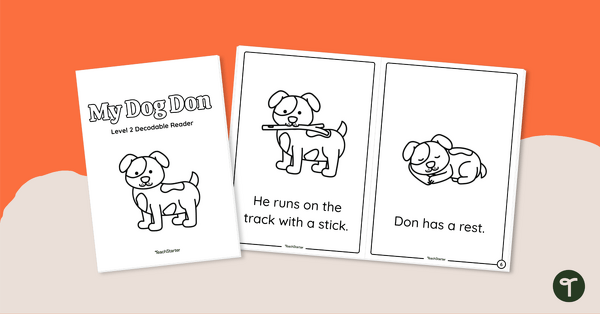
My Dog Don - Decodable Reader (Level 2)
Develop confident, successful readers with this phonics-based, printable decodable book.
- Plus Plan
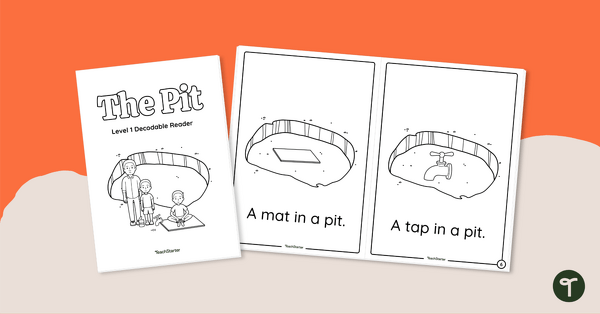
The Pit - Decodable Reader (Level 1)
Develop confident, successful readers with this phonics-based, printable decodable book.